Appam patra, also known as appe pan or paniyaram pan, is a popular cookware item used in Indian cooking. It is a type of shallow, round, non-stick or cast iron pan with multiple small, round cavities or depressions. These depressions are used to make small, round, and fluffy dumplings or pancakes called "appams" or "paniyarams."
Table of Contents
Uses of Appam Patra:
Appam patra is commonly used in South Indian cuisine to prepare dishes like appam (a fermented rice pancake), paniyaram (rice and lentil dumplings), and various other snacks and breakfast items. The pan is designed to create evenly cooked, golden-brown dumplings with a slightly crispy exterior and a soft, fluffy interior. It is a versatile piece of cookware and is popular for its ability to make delicious, bite-sized treats that are crispy on the outside and soft on the inside.
To make appams or paniyarams using an appam patra, you typically fill each cavity with a batter made from rice and lentils, or other ingredients, and then cook them on a stovetop. The result is a delightful and nutritious snack or breakfast option enjoyed in many parts of India. Appam patra comes in various sizes and materials, including non-stick, cast iron, and aluminum, allowing cooks to choose the one that best suits their preferences and needs.
Is Appam Patra and Appam Pan Same?
Yes, "appam patra" and "appam pan" refer to the same type of cookware. Both terms are used interchangeably to describe a pan with multiple small, round cavities or depressions used to make appams or paniyarams, which are South Indian dumplings or pancakes. This cookware is designed to create evenly cooked, round, and fluffy dumplings with a slightly crispy exterior and a soft interior. Whether you call it "appam patra" or "appam pan," it serves the same purpose in South Indian cooking.
Non-stick or Cast Iron: Which Appam Patra is Better?
The choice between cast iron and non-stick appam patra depends on your personal preferences and cooking style. Each has its own set of advantages and disadvantages:
Cast Iron Appam Patra:
- Durability: Cast iron cookware is known for its durability and can last for generations if properly maintained.
- Heat Retention: Cast iron retains heat exceptionally well, which can lead to even cooking and a crispy texture.
- Naturally Non-Stick: Over time, a well-seasoned cast iron pan becomes naturally non-stick, and it can develop a beautiful patina.
- Maintenance: Cast iron requires special care, including seasoning and hand washing, to maintain its non-stick properties and prevent rust.
- Heaviness: Cast iron pans tend to be heavier than non-stick pans, which may not be suitable for everyone.
Non-Stick Appam Patra:
- Ease of Use: Non-stick appam patra is easy to use and clean. Food doesn’t stick to the surface.
- Lightweight: Non-stick pans are generally lighter and more user-friendly for some people.
- Low Maintenance: They don't require seasoning and can be washed in a dishwasher.
- Durability: Non-stick coatings can wear out over time, requiring replacement.
- Temperature Limitations: Non-stick pans may not handle very high heat as well as cast iron.
Conclusion:
So, the right appam patra for you depends on factors like your cooking preferences, the amount of maintenance you're willing to do, and your familiarity with the care of cast iron cookware. If you enjoy the benefits of cast iron but are concerned about its weight and maintenance, you might consider a well-seasoned cast iron appam patra. If you prefer the convenience of easy cleaning and lighter weight, a non-stick appam patra may be a better option for you.

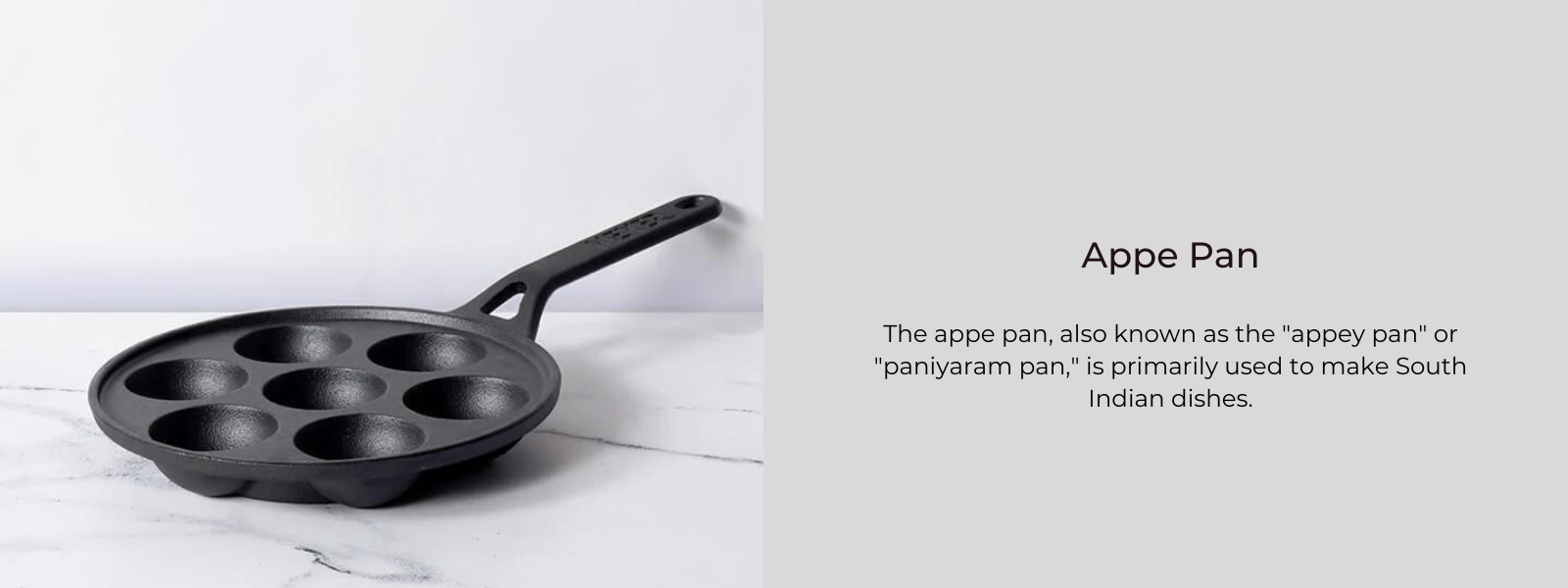
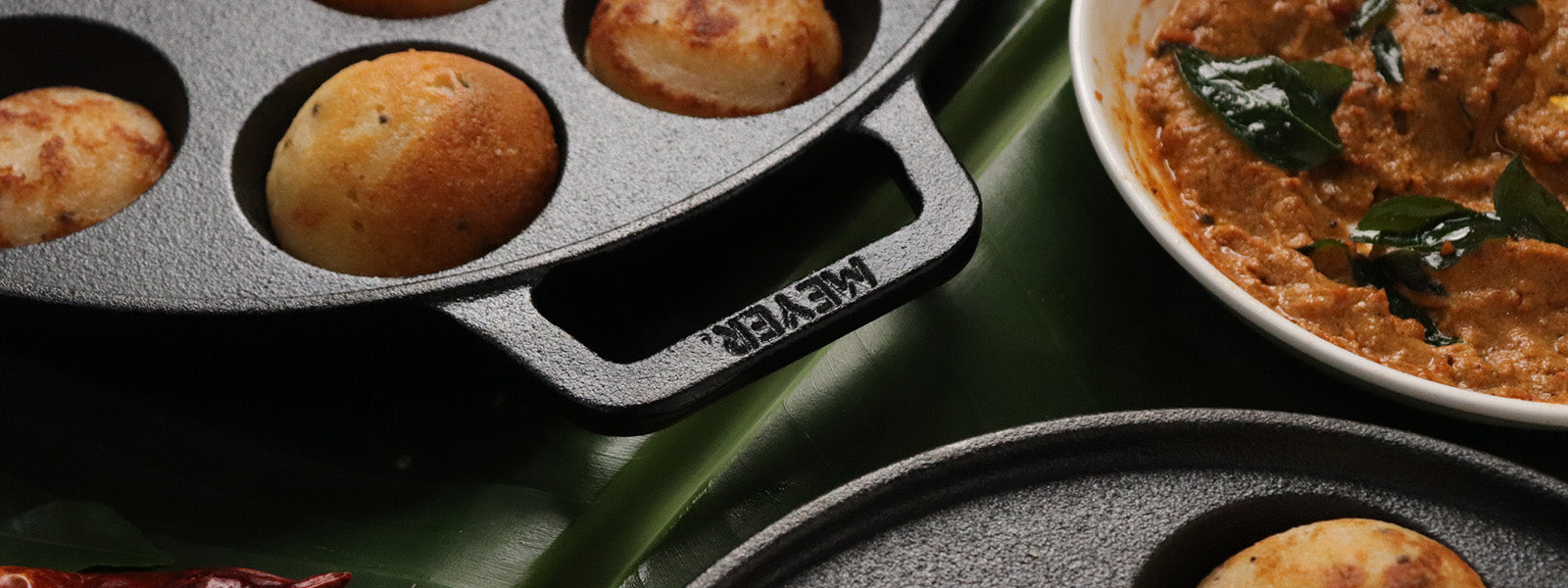
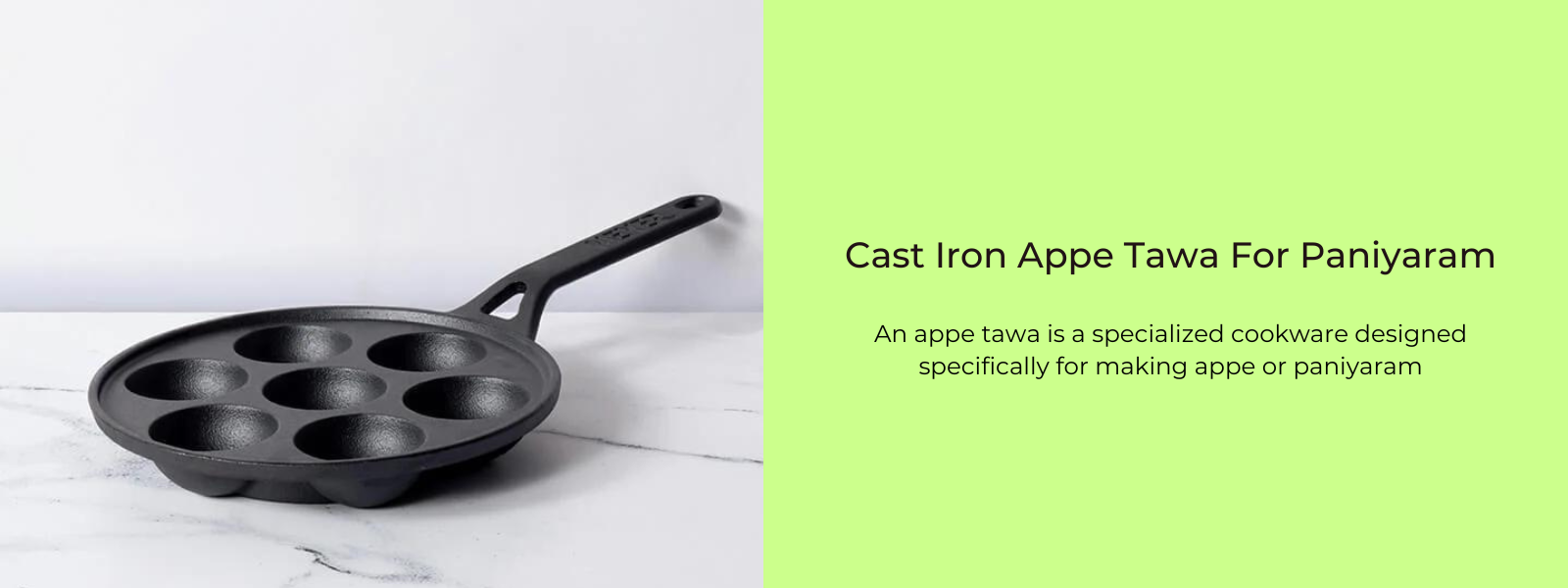
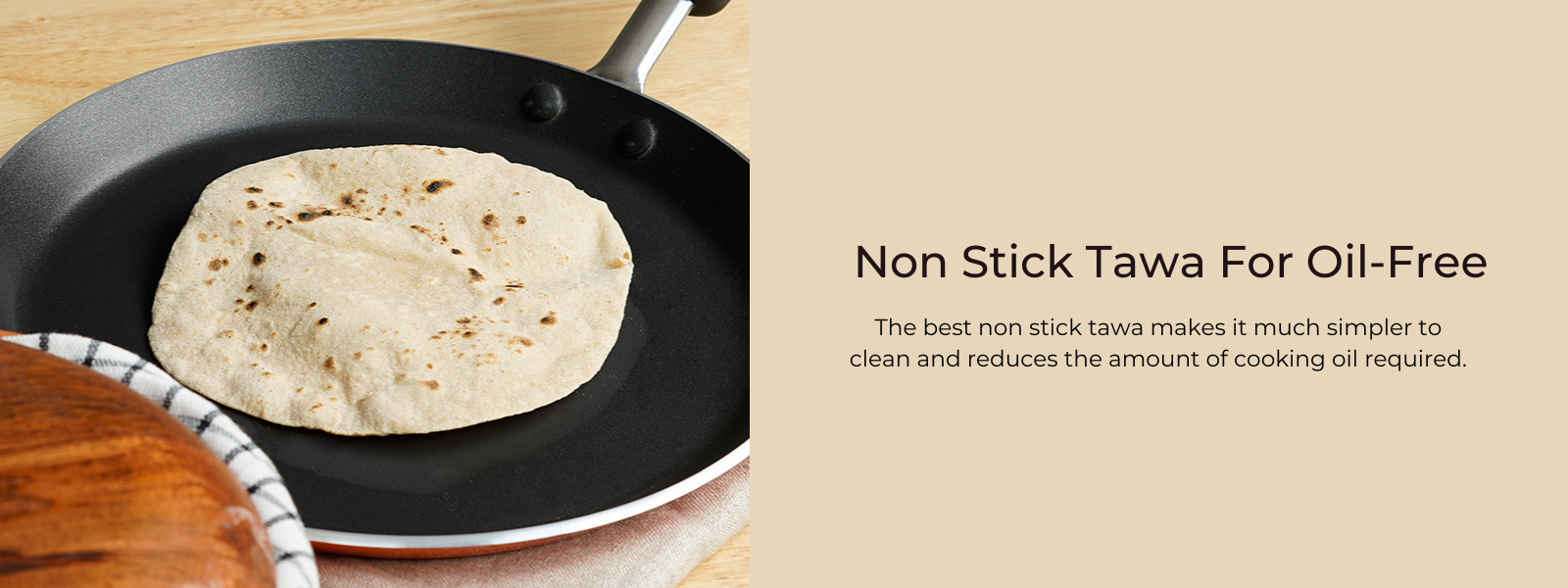
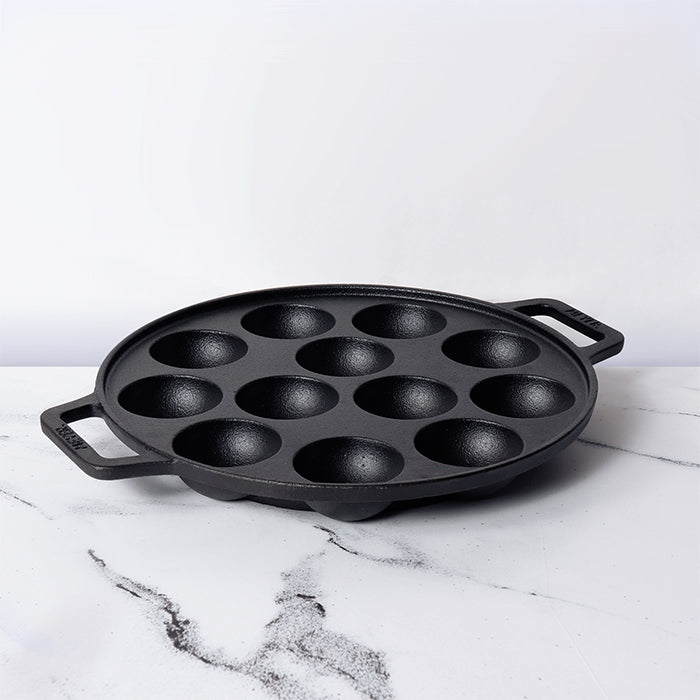
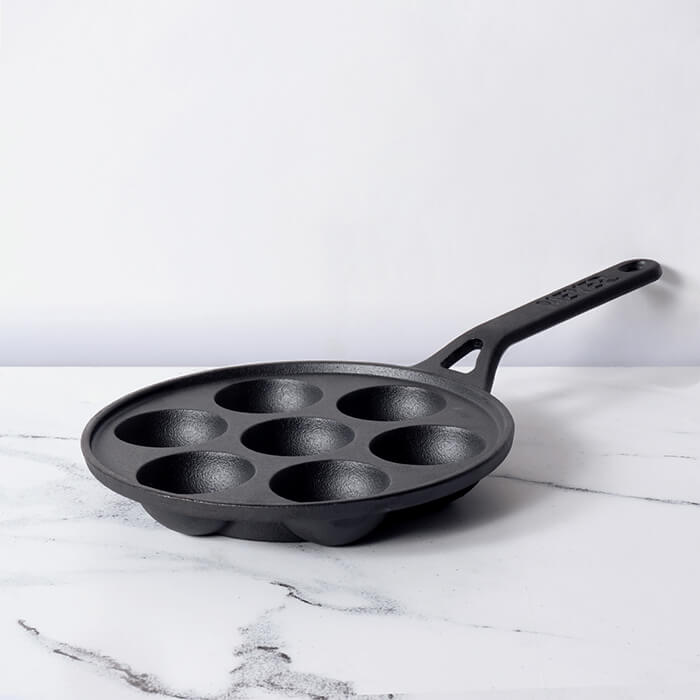




Leave a comment